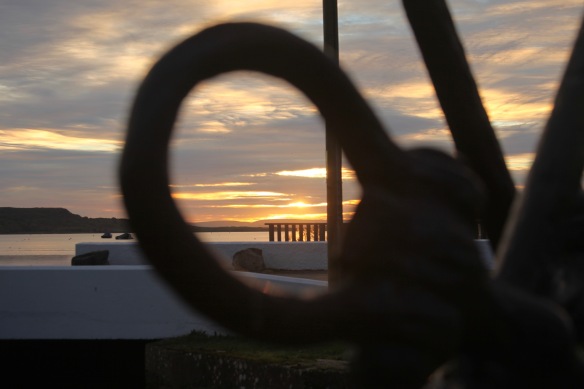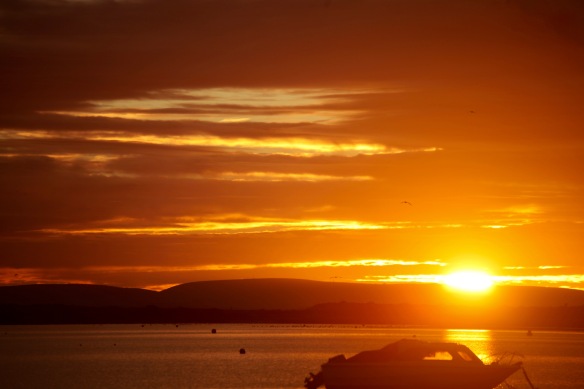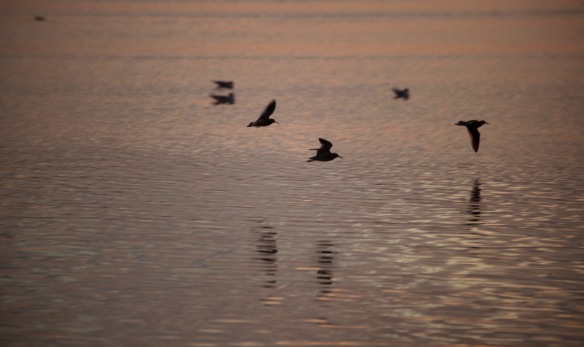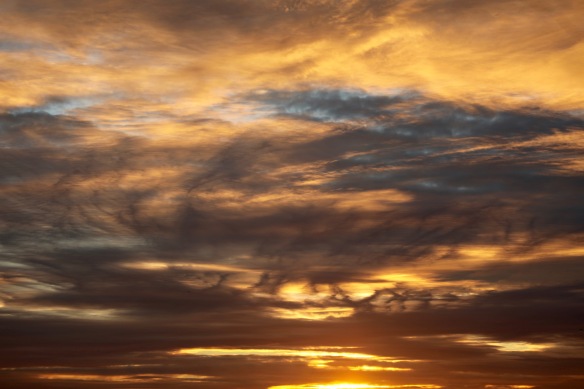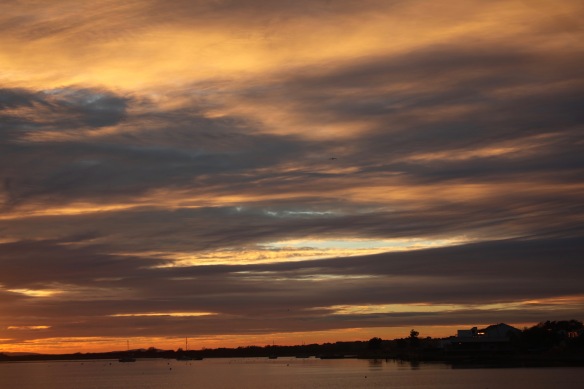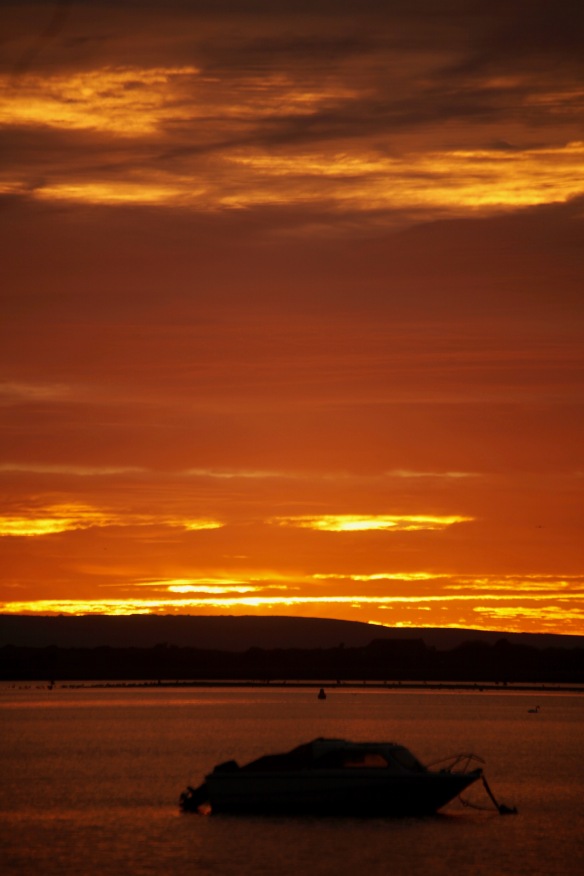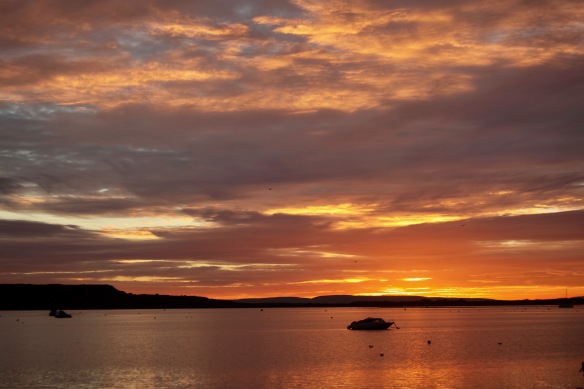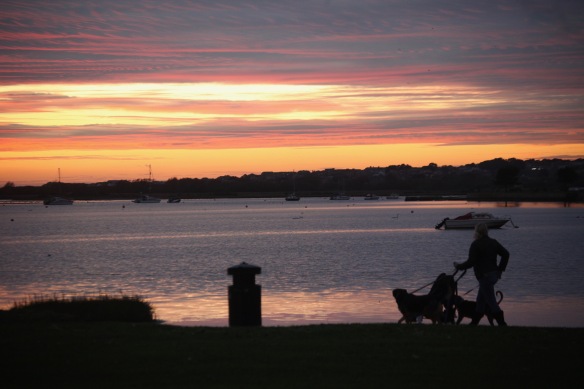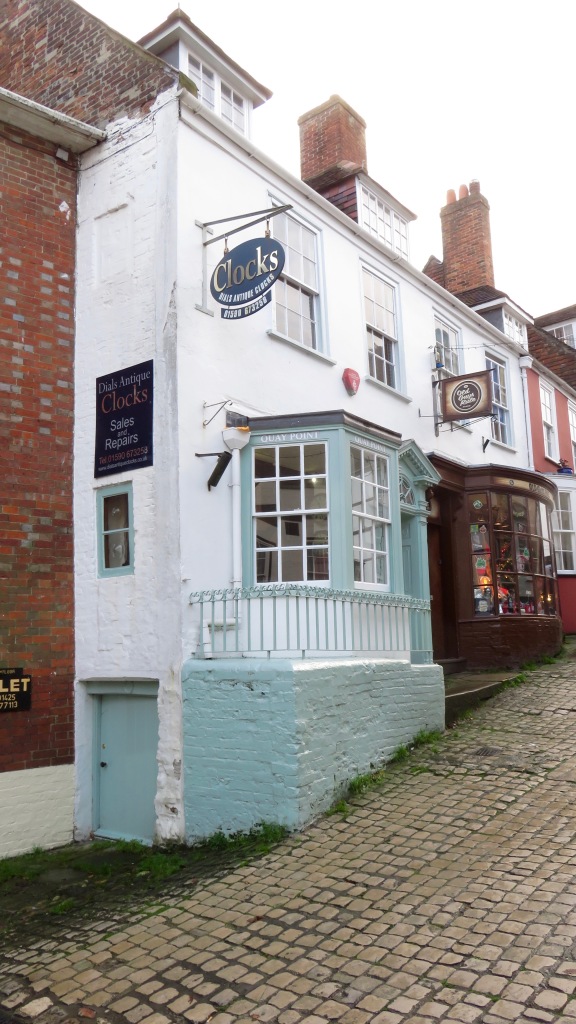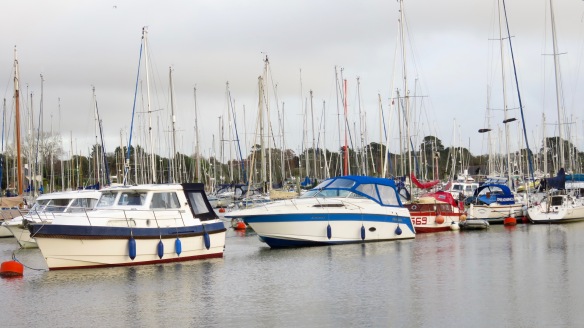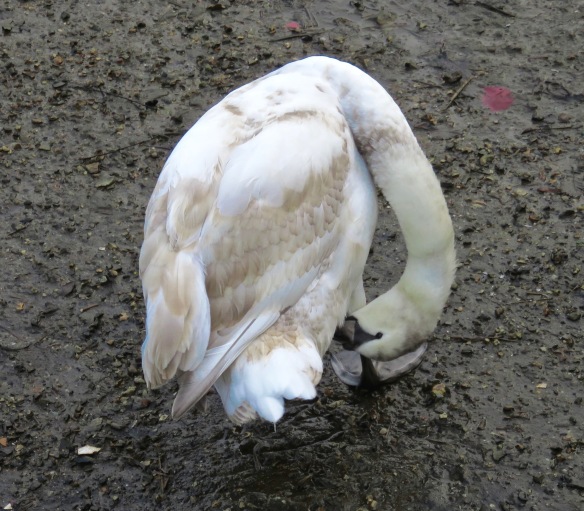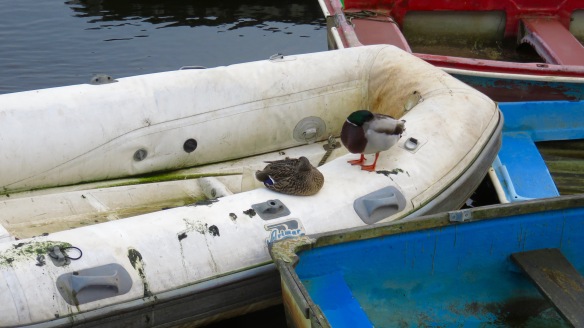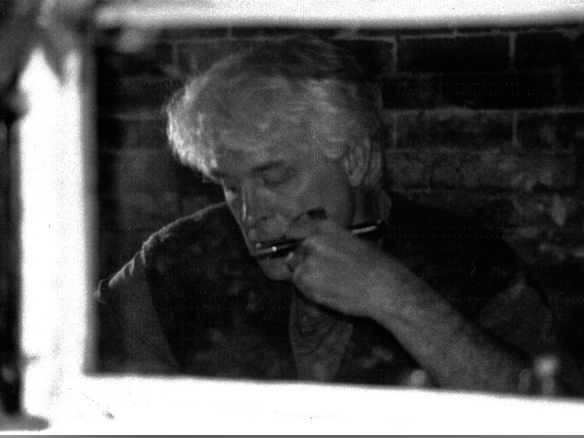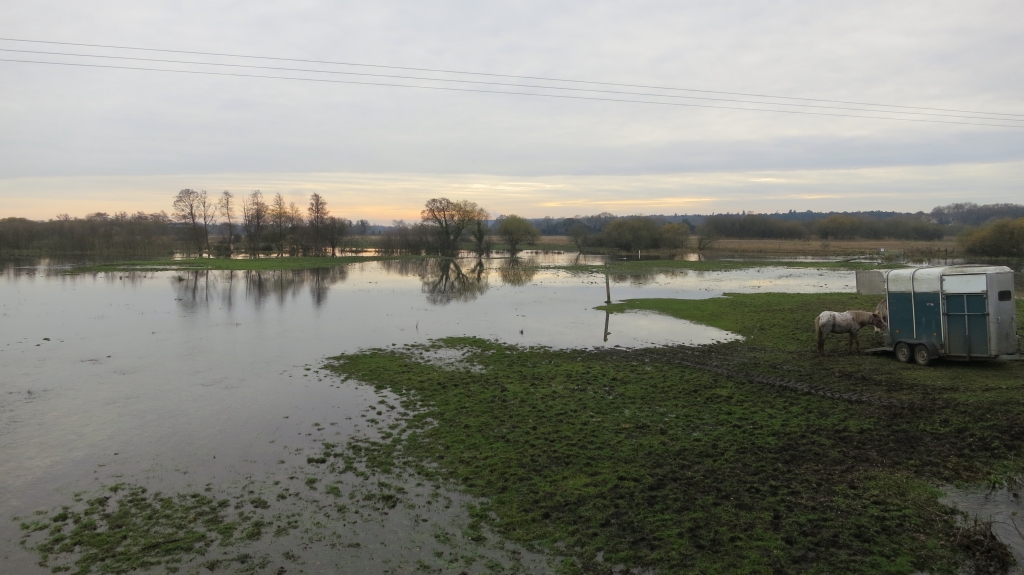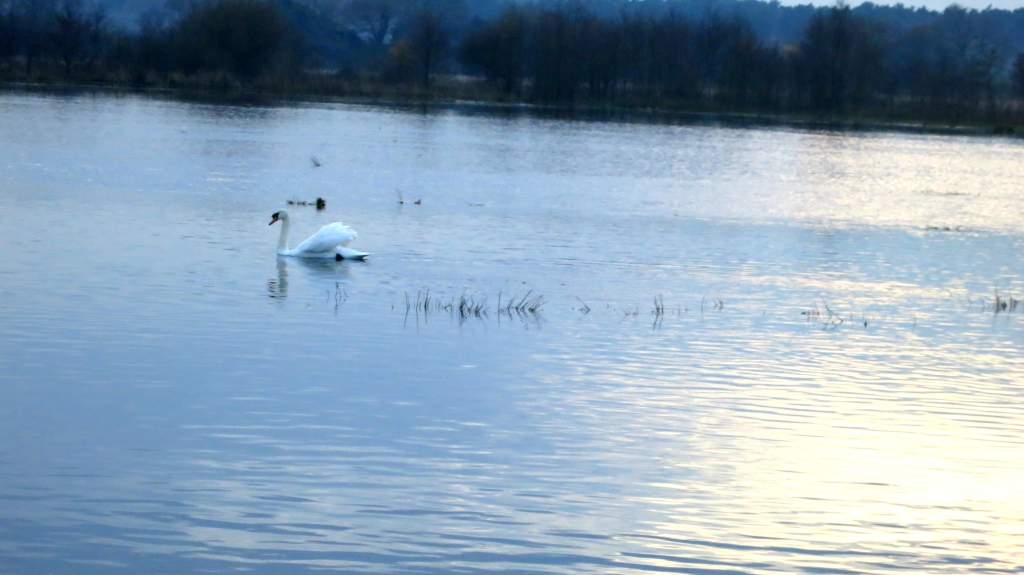Late this morning we visited Mum in Woodpeckers where she continues to thrive. This time she availed herself of the blanket provided.
Afterwards we drove into the forest for a picnic in the car.



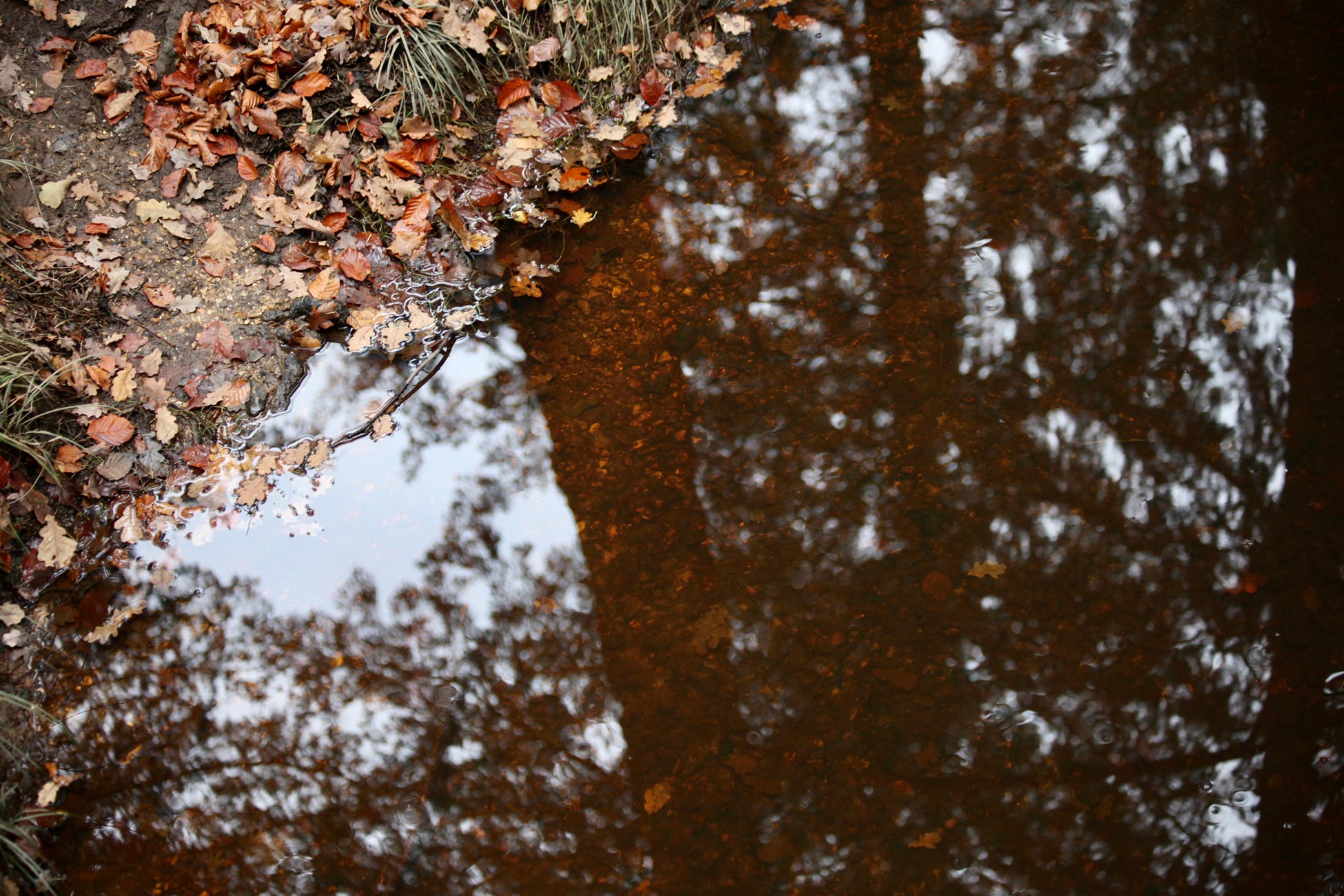
The day was cooler and overcast. From the bridge on Rhinefield Road I obtained enough light to photograph reflections in the stream.



Still host to a small holly tree, the toppled ancient oak at Bramshaw has now been completely cleared away,
with the exception of fallen leaves now camouflaging foraging wagtails.

A pair of donkeys leaning beside a brick wall watched





a couple of Highland cattle pondering their next move. I have often photographed them before, but not until today have I been formally introduced to Splash and Blackie. They stood aloof while a young lady did the honours.


As I returned to the car they heaved their lumbering bulks onto the tarmac and with swaying gait set off in the direction of Furzley Common which was our destination. Fortunately Jackie was able to negotiate our way round them.


We parked beside a stream and settled into our lunch when
a regular clop of horses’ hooves alerted me to the approach of a carriage and four passing a herd of cattle who were themselves soon to feature in our story.
Having journeyed a lumbering mile from Bramshaw the two Highland cattle approached and set up a regular lowing. “I wonder if they are going to join those cattle over there?”, I mused.







They were, indeed. In Splash’s case somewhat vigorously. It is not just the local flora that are confused about the season.
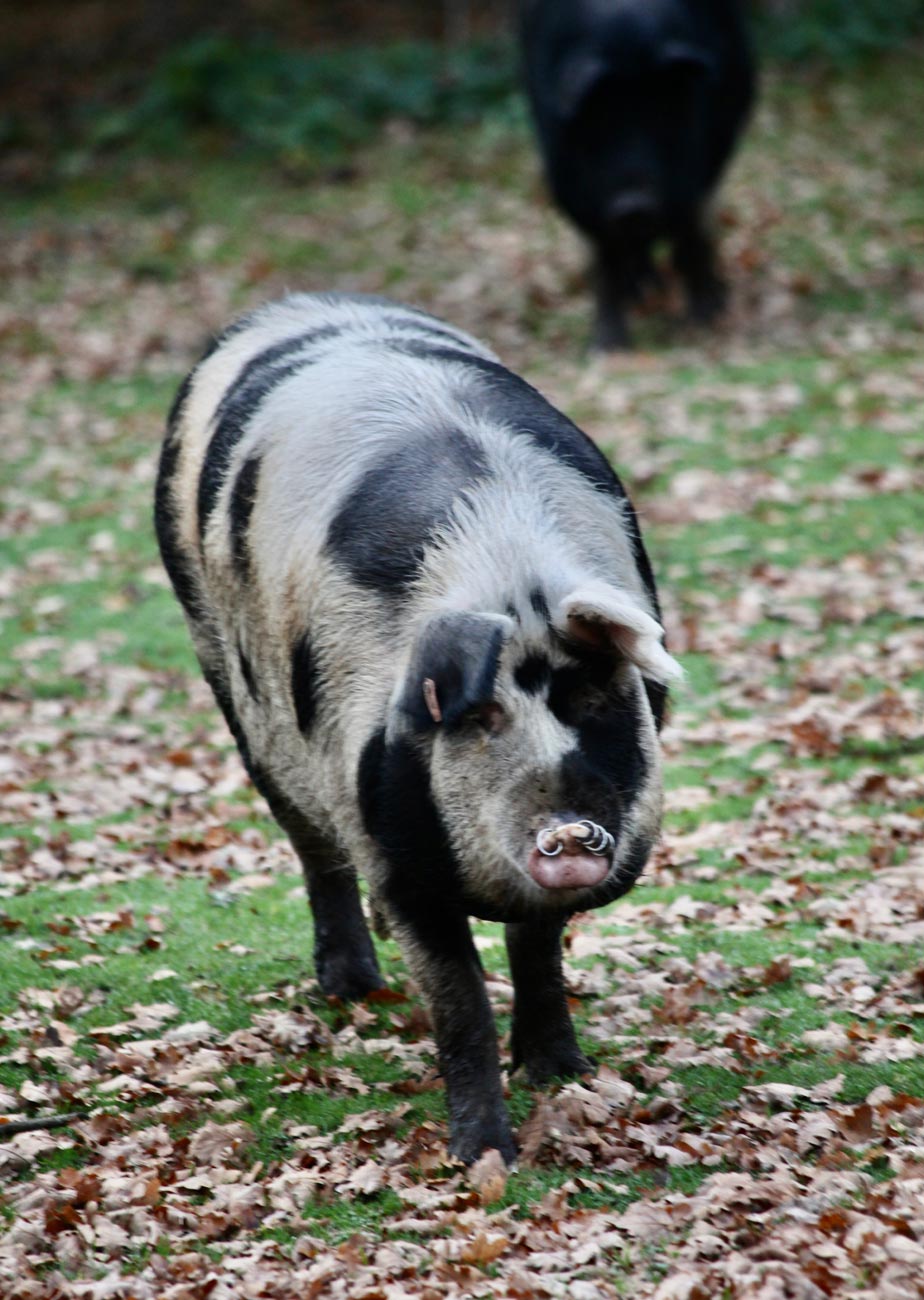

As I was about to return to the car a quartet of portly porkers approached. I was forced to attempt to evade the attentions of the Gloucester Old Spot. Jackie’s cackles from within almost drowned the snorting slobbering of my new admirer as she raised her dripping snout for a kiss. I was scared of this, but even more scared of her feet as she rounded me beside the car door. Being trodden on by a creature weighing up to 280kg was no joke. In the circumstances I thought my Chauffeuse was a little harsh.
This evening we dined on crisply roasted chicken thighs, sage and onion stuffing, parsnips, and Yorkshire pudding; piquant cauliflower cheese; creamy mashed potatoes; firm carrots, peas, and Brussels sprouts, and tasty gravy, with which we shared the last of the Rioja.




























































